Even the most durable piece of wood can start to swell if it gets wet often. This swelling can cause many problems, such as warping, cracking, and even rotting. Fortunately, there are a few ways to fix swollen wood to return to its normal shape.
In this blog post, we will discuss the different methods you can use on how to fix swollen wood and the benefits and drawbacks of each method. We will also provide tips on how to prevent your wood from swelling in the first place. So, if you have a piece of wood that is starting to swell, read on for some helpful advice!
Summary: If you have wood that is swollen and misshapen, there are a few things you can do to fix it. First, use a hairdryer on low heat to gently cool the wood. This will help to shrink the area and reduce the swelling. Next, use a pumice stone or a rubber eraser to gently remove the excess material. Finally, seal the area with a coat of paint or a finish of your choice.
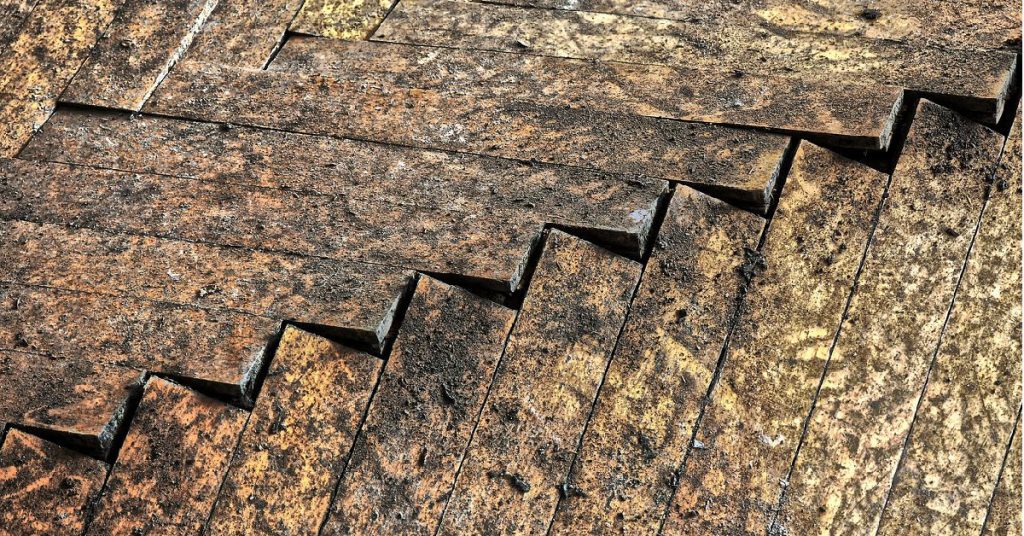
10 Common Reasons That Causes Swollen Wood:
1. Humidity:
Wood furniture can swell when the air is too humid. This is because the wood absorbs moisture from the air, which causes it to expand. If your furniture is in a room that is too humid, it may start to swell.
2. Water Damage:
If your wood furniture has been exposed to water, it can absorb the water and swell. This can happen if your furniture is stored in a damp basement or if it gets caught in a rainstorm. Water damage can also occur if your furniture is left out in the sun for too long, as the sun can cause the water to evaporate and the wood to swell.
3. Insect Damage:
There are several reasons why wood may swell, one of which is insect damage. If insects have burrowed into the wood and started to eat away at it, this can cause the wood to swell. Insect damage is often more difficult to repair than other types of damage.
4. Mold:
Mold can also cause wood to swell. If mold spores get into the wood, they can start to grow and cause the wood to swell. Mold is often more difficult to remove than other types of damage. When removing mold from wood, it is important to be very careful so that you do not damage the wood further. Once the wood is dry, you should sand the wood to remove any residual moisture. Once the wood is dry, you can then apply a sealer to protect it from future water damage.
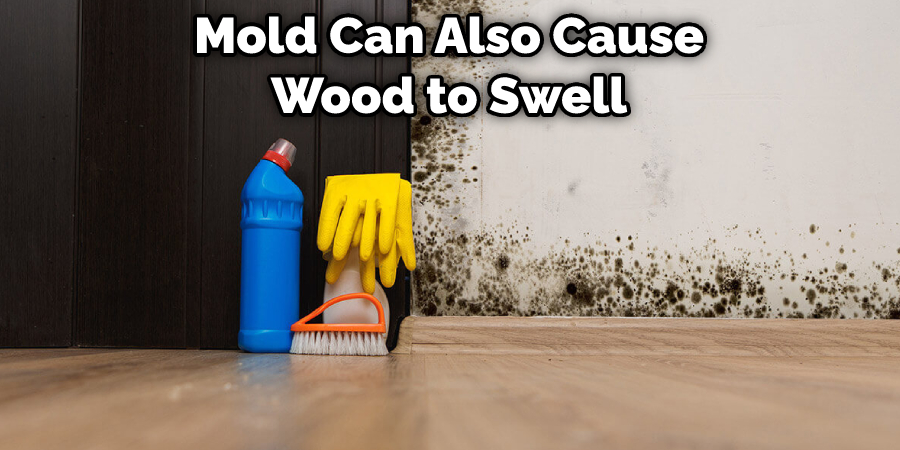
5. Heat Damage:
Heat damage can cause wood to swell in size. If wood is exposed to high temperatures for too long, it can start to expand. This can happen if the wood is left in direct sunlight or is placed too close to a heat source. If the wood is heated too quickly, it can also cause the wood to swell.
6. Poor Ventilation:
Poor ventilation can cause wood to swell. Make sure your woodworking area is well-ventilated to prevent this from happening. If the area you’re working in is too humid, it will cause the wood to absorb moisture from the air and swell. Always use a dust mask when sanding wood to avoid breathing in the dust particles.
7. Use of Chemicals:
Certain chemicals can also cause wood to swell. If you use any cleaning product on your wood furniture, read the label carefully. Some cleaning products can contain chemicals that will cause the wood to swell. If you’re unsure whether a cleaning product is safe to use on your wood furniture, test it on a small area first.
8. Over-sanding:
If you sand your wood furniture too much, it can also cause the wood to swell. When sanding, only sand enough to remove the finish. If you sand too deeply, it will damage the wood and cause it to swell. It can also cause the wood to become fuzzy.
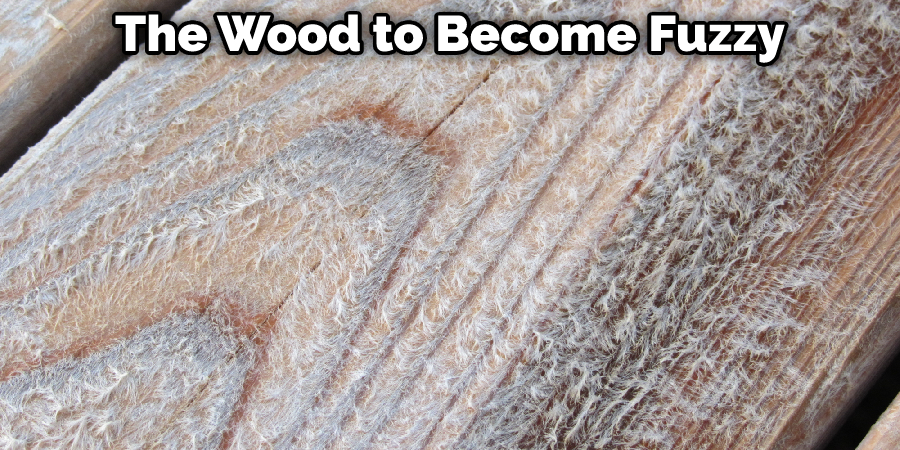
9. Over-staining:
If you stain your woodworking project and it doesn’t look as anticipated, you can try to fix it by lightly sanding the piece and then applying a new layer of stain. Sometimes, however, the original stain is too dark and you may need to remove it completely before re-staining. When staining the wood, always test the stain on a small, hidden area first to ensure you like the color.
10. Harsh Cleaners:
Harsh cleaners can also cause wood to swell. Avoid using harsh cleaners on your wood furniture, as they can damage the finish and cause the wood to swell. Instead, use a mild soap and water solution to clean your furniture.
12 Effective Ways on How to Fix Swollen Wood:
1. Let the Furniture Dry:
The first step is to let the furniture dry. If the wood is wet, it will need to be dried before anything else can be done. You can use a fan to help dry the wood or place it in a sunny location. If you think the wood is damaged beyond repair, you can always replace it.
2. Use a Dehumidifier:
If you live in an area with high humidity, using a dehumidifier can help reduce the air’s moisture. This will help to prevent the wood from swelling. If you think the humidity might cause your swollen wood, you can use a hygrometer to measure the humidity in your home.

3. Using an Iron:
If you have a clothes iron, you can use it to help fix your swollen wood. First, make sure the iron is turned off and unplugged. Next, place a towel over the area of the swollen wood. Then, press the cool setting on the iron onto the towel for about 30 seconds. The iron’s heat will help dry out the wood and make it less swollen.
4. Wiping Down with Alcohol:
If you have rubbing alcohol, you can use it to help fix your swollen wood. First, dampen a clean cloth with the alcohol. Next, wipe down the area of the wood that is swollen. Doing this will help remove any dirt or grime that might be causing the swelling. Finally, allow the area to dry completely before using it again.
5. Soaking in Vinegar:
Another way to fix your swollen wood is to soak it in vinegar. First, mix equal parts vinegar and water together. Then, soak a clean cloth in the mixture and apply it to the swollen wood. Let the cloth sit on the wood for several hours before wiping it away. You may need to repeat this process several times before the swelling goes down completely.
6. Use a Hair Dryer:
If you have a hair dryer, you can use it to help fix your swollen wood. First, make sure that the wood is completely dry. Next, heat up your hair dryer and set it to the lowest setting. Hold the hair dryer about six inches away from the wood and move it around until the wood starts to swell. Once the wood swells, you can turn up the heat on the hair dryer if you need to.

7. Using a Needle or Pin:
If you have a needle or pin, you can use it to help remove the moisture from the wood. First, make sure that the needle is clean and sterilized. Next, take the needle and insert it into the swollen area of the wood. Slowly twist the needle back and forth to create a hole. Once you have created a hole, remove the needle and let the air circulate through the hole to dry out the wood.
8. Using Stain-sealant Products:
Many different stain-sealant products are available that can help protect your wood from swelling. These products work by creating a barrier between the wood and the moisture. When you use a stain-sealant product, follow the directions carefully so that you do not damage the wood.
9. Applying a Varnish:
Another way to protect your wood from swelling is to apply a varnish. Varnishes work by creating a tough, impermeable barrier on the surface of the wood. This barrier prevents moisture from penetrating the wood, which prevents the wood from swelling. Varnishes are available in both water-based and oil-based formulas.
Water-based varnishes are easier to apply and clean up, but they don’t last as long as oil-based varnishes. To apply a varnish, first sand the wood with fine-grit sandpaper to create a smooth surface. Then, using a brush or roller, apply the varnish to the wood in even strokes. Finally, allow the varnish to dry completely before using or handling the wood.
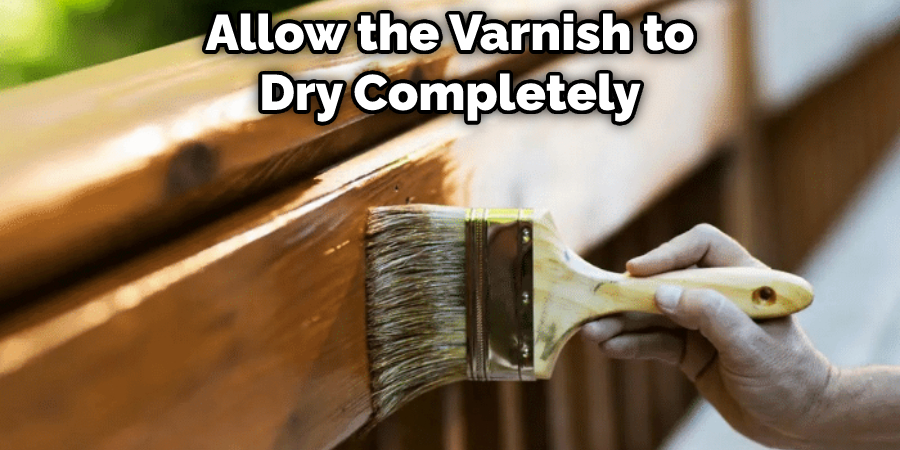
10. Applying Boiled Linseed Oil:
Applying boiled linseed oil to your wood can help to protect it from swelling. First, heat the oil until it is warm and then apply it to the wood with a brush. Allow the oil to soak the wood for several hours before wiping it off with a clean cloth. You can also add a small amount of boiled linseed oil to your paint or stain to help protect the wood from swelling.
11. Using Moisture-Resistant Adhesives:
If you are working with wood susceptible to swelling, you can use moisture-resistant adhesives to help prevent the problem. Moisture-resistant adhesives are available in both water-based and solvent-based formulas. Water-based adhesives are easier to apply and clean up, but they don’t last as long as solvent-based adhesives.
To apply a moisture-resistant adhesive, first sand the wood with fine-grit sandpaper to create a smooth surface. Then, using a brush or roller, apply the adhesive to the wood in even strokes. Allow the adhesive to dry completely before using or handling the wood.
12. Applying a Topcoat:
You can also apply a top coat to the surface of your swollen wood to help protect it from further damage. Topcoats can be purchased at most hardware stores. Be sure to read the instructions on the can carefully before applying the topcoat.
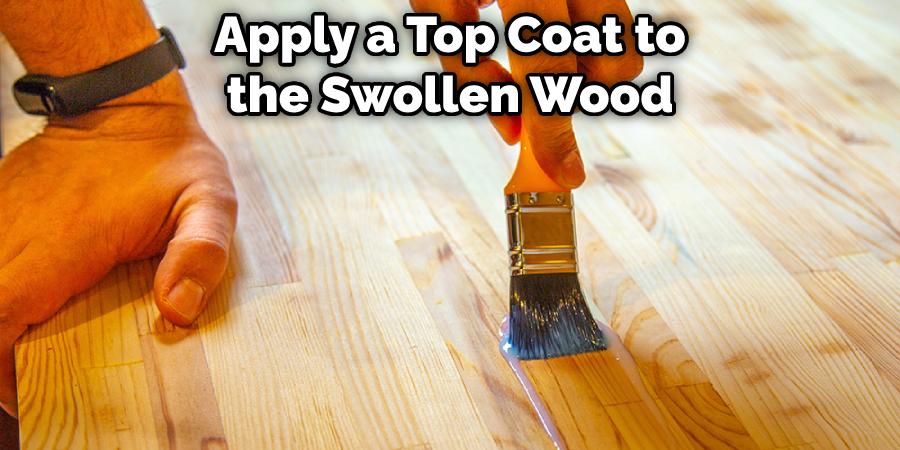
Tips to Protect Wood Furniture From Water Damage:
Here we have given tips on how to fix swollen wood and protect it in the future.
- Wipe up any spills immediately.
- Use a coaster or placemat to protect wood furniture from condensation or sweating glasses.
- Move plants off of wood furniture, as the moisture from the leaves can damage the finish.
- Keep wood furniture out of direct sunlight to prevent fading and drying.
- Dust wood furniture regularly with a soft, dry cloth.
- Wax wood furniture every few months to protect the finish and make it shine.
- Use furniture casters or glides on the feet of chairs and tables to prevent scratches.
- Keep pets off of wood furniture to prevent scratching and chewing.
Why Does Wood Furniture Swollen Up?
There are a few reasons why your wood furniture might have swollen up. The most common reason is that the furniture has been exposed to too much moisture. This can happen if you leave your furniture in a damp room or spill something on it and don’t wipe it right away.
Another reason why wood furniture might swell is that it’s made out of soft wood, like pine. Soft woods are more likely to absorb moisture and swell than hardwoods. Here we have already discussed the solutions on how to fix swollen wood. Following these tips can protect your wood furniture from water damage and keep it looking its best.
How Long Does it Take to Fix Swollen Wood Furniture?
The time it takes to fix swollen wood furniture depends on how badly the furniture is swollen and what caused the swelling in the first place. If your furniture is only slightly swollen, you might be able to fix it by simply wiping it down with a dry cloth.
If the swelling is more severe, you might need to use a hairdryer or put the furniture in a sunny spot to help dry it out. If you’re unsure what caused the swelling, or if the problem keeps happening, you should take the furniture to a professional to fix it.
Frequently Asked Questions
Does Swollen Wood Shrink?
The effect of Swollen Wood on size may vary from person to person. Some people might see a decrease in size while others may not experience any change at all. It’s important to keep in mind that Swollen Wood should only be treated with caution and consulted with a healthcare professional if necessary.
Why Does Wood Get Swollen?
The most common is water damage. When water gets inside the wood, it can cause swelling and cavitation (the formation of gas bubbles). This can cause structural damage to the wood and even lead to warping or distortion. If left untreated, water damage can also lead to mold and other harmful pathogens.
Can You Fix Water-damaged Wood?
You may want to use a sealer or anti-fungal agent, depending on the severity of the damage. You can also dry out the wood by using a dehydrator or airtight storage container. Finally, if all else fails, you may have to replace the board altogether.
What Happens When Wood Absorbs Water?
Water is a vital part of every plant’s life cycle. It helps the plant get the nutrients it needs to grow, and it helps the plant release water vapor. When wood absorbs water, it swells up and can cause damage to the wood. This is especially true if the wood is wet when it absorbs the water.
Conclusion
Although swollen wood can be fixed, it is important to take the necessary precautions to avoid this problem. Nevertheless, swollen wood is a common problem that can be fixed with simple steps. The most important part of improving swollen wood is finding and fixing the moisture’s source.
Following the simple tips outlined in this blog post on how to fix swollen wood can help keep your wood healthy and free from moisture-related damage. Have you ever had to deal with a swollen piece of wood? If so, what solutions did you try? Let us know in the comments below.
